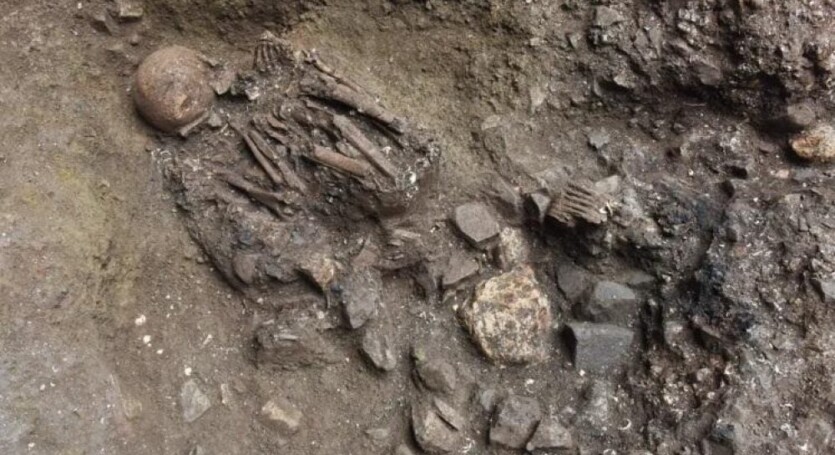
Paleontologists from the Institute of Vertebrate Paleontology and Paleoanthropology in Beijing, based on the results of a 7,100-year-old skeleton, discovered a previously unknown species of ancient man.
The object of the study was the DNA of a woman who lived in the era of of the Early Neolithic and was buried on the territory of the archaeological site Sinha in the southwestern Chinese province of Yunnan. According to the researchers, her DNA may help to reveal the mystery of the origin of Tibetan peoples.
Paleontologist Qiaomei Fu and his colleagues have described in detail the results of the analysis of 127 human genomes from southwestern China. Most of the studied human remains date back to 1,400 to 7,150 years. All of these ancient people are from the Yunnan province of China, which is by far the most ethnically and linguistically diverse province in China.
The researchers emphasize that ancient people from this region can help answer a number of questions that still remain unanswered. In particular, the origin of people who currently live in the Tibetan Plateau. The remains of the oldest person studied by scientists turned out to be the missing link between the inhabitants of Tibet and an unknown population of ancient people.
At the site in Dozens of burials dating back to the Neolithic era (7000-2000 BC) were discovered in Xinya. Under these burials, the researchers found the skeleton of a woman without the usual funerary attributes. The results of radiocarbon analysis showed that the age of the woman’s remains is 7,100 years Isotopic analysis of her diet showed that she was probably a hunter-gatherer.
However, the genome analysis of a woman named Xingyi_EN turned out to be unexpected. Her ancestry does not place her among the ancient inhabitants of East and South Asia. It is closer to the Asian population, whose genes contributed to the emergence of an unknown group of people, this is a phenomenon observed only among modern Tibetans.
The Xingyi_EN lineage belongs neither to Neanderthals nor to Denisovans Rather, Xingyi_EN is evidence of a previously unknown lineage that split off from other humans at least 40,000 years ago.
For thousands of years, this lineage has been separated from other human groups, which meant no admixture — crossbreeding that could mix their DNA But at some point, Xingyi_EN’s relatives began interbreeding with other groups of East Asian descent, mixing DNA.
However, as the researchers noted, these results should be treated with caution. Given that the genetic evidence was obtained from only one person, further research is needed to fully understand the connection between Xingyi_EN and the ghostly ancient people of Tibet.
Scientists discover more than 1700 ancient viruses in Tibetan glacier
The results of the study were published in the journal Science
Source: LiveScience

Spelling error report
The following text will be sent to our editors: